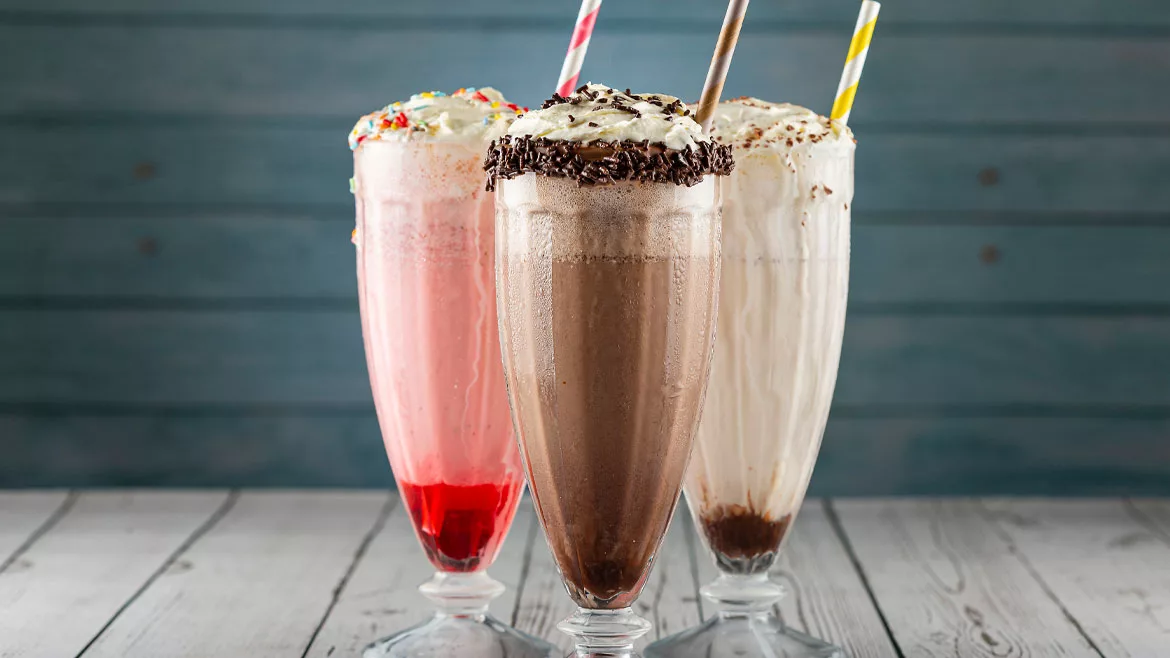Injury costs in workplace add up
If workers are adversely affected by their work due to poor quality job design and working conditions, or are injured on the job, there will be an adverse cost to the employer as well as to the individual worker. These adverse costs can be divided into two categories: direct costs and impacts, and indirect costs and impacts.
Direct costs and impacts are the easiest to see and understand. These include the following: medical expenses for emergency room and doctor visits; medical bills; medicines and rehabilitation; workers’ compensation; disruption to business activity; overtime to make up for lost productivity; repair or replacement of damaged materials and/or equipment; and fines, penalties and legal liabilities.
Indirect costs and impacts of an injury can be more difficult to identify and, consequently, often are overlooked. Research has shown that indirect costs can accrue to be nearly 40 times the direct costs, depending on the industry and the occupation.
Indirect costs and impacts include the following: administrative and supervisor/manager time dealing with the incident and accident investigation; increased insurance costs; reduced productivity; impact on company morale and customer service; remedial and compliance costs for any equipment safeguards or modifications; safety training and/or development; and creation of new workplace policies, procedures and monitoring.
Good housekeeping
One way to immediately improve safety in the shop is with good workplace housekeeping. In addition to helping reduce injuries and accidents, routine maintenance and upkeep can make operations more efficient.
To ensure that proper workplace housekeeping is maintained, industrial safety officials recommend incorporating a continuous process of housekeeping into all processes, operations and tasks performed in the workplace. Furthermore, they say all workers need to understand that workplace housekeeping is an integral part of their job.
Safety officials note that workplace housekeeping levels are most easily maintained if they are completed throughout the day as needed. At the end of the shift, all areas should be thoroughly cleaned in preparation for the next day or the following shift.
Particular attention should be paid to leaks and spills. According to the U.S. Bureau of Labor and Statistics, leaks and spills that aren’t cleaned up promptly create slippery floors and track messes throughout the shop, leading to slips, trips and falls — the second leading cause of workplace injuries and lost work time.
The National Floor Safety Institute finds that slip-and-fall accidents account for more than 1 million hospital visits annually. In most cases, on-the-job accidents and the accompanying loss of productivity and efficiency can be avoided by establishing manager/employee safety committees, instituting regular training programs and inspections, and creating safety incentive programs. Such programs have become a commonplace approach used by all types of operations to improve safety and reduce workers’ compensation claims and other worker injury-related costs.
Officials at Grainger, a broad line supplier of maintenance, repair and operating products in North America, offer the following advice for crafting an effective safety incentive program:
- Define objectives. First, concentrate attention where incidents are occurring. Then, gather the appropriate personnel and analyze your company’s incident/injury rates and subsequent lost-work times.
- Choose a format. Get to know the needs of supervisors and employees, then select activities for the safety incentive program that will yield the best results. Employees need to understand why the program is being implemented. The program’s goals, rules, how it works and how progress is measured must be clearly defined and easily understood. The awards/rewards should be tailored to fit the workforce.
- Maintain interest. A supervisor plays an important role in creating and maintaining interest in a safety incentive program. It is the responsibility of management that the safety director and supervisors receive adequate safety training because they are directly accountable for the safety of their employees.
- Create safety committees. Safety committees play a key role in any safety program because they can help share the responsibilities of implementing and monitoring the program, plus maintain interest in safety and health, all of which helps to reduce accidents.
Signage is another necessary element for improving shop safety. Using the appropriate signage can help guide behavior and reinforce training so that hazards are avoided, people are not injured, and equipment and the facility are not damaged.
Finally, workers should be encouraged to quickly report all safety issues, such as a wet floor or equipment malfunctions, to a supervisor or manager to prevent accidents and keep employees safe in the workplace.
Employers that proactively encourage safety have the potential to significantly reduce injuries and the associated adverse costs. BI
Looking for a reprint of this article?
From high-res PDFs to custom plaques, order your copy today!





